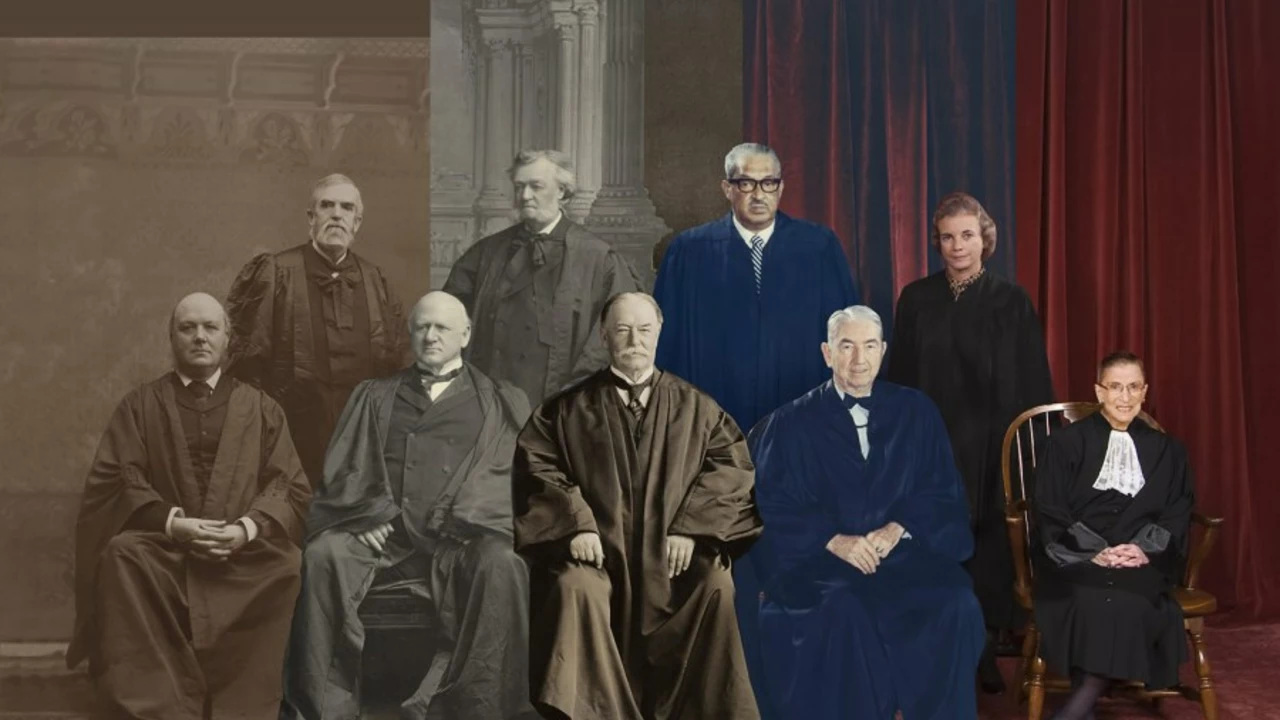Well, well, well, ladies and gentlemen, time for some legal drama! The Supreme Court has decided to hit the pause button on the Chhattisgarh sex CD case trial. Now, I know what you're thinking - 'what's this blogger on about?' Allow me to illuminate the situation, folks. The highest court of our land has decided to stay the trial due to, let's say, some 'unresolved issues'. So, for all you legal eagles out there, grab your popcorn, sit back and enjoy the suspense. Because, as they say, the plot thickens!
Supreme Court: What It Does and Why It Matters
Ever wondered what the Supreme Court actually decides? Think of it as the final referee in a legal match. It settles the biggest questions about the law, makes sure lower courts follow the rules, and protects rights that affect everyone.
How a Case Gets to the Supreme Court
Most cases start in local courts, move up to state or federal levels, and then, if something big is at stake, they might reach the Supreme Court. The court doesn’t take every appeal – it picks the ones that have national importance or where laws conflict. Lawyers file a petition called a "cert petition" and ask the justices to review the case. If at least four justices say yes, the case gets a slot.
Typical reasons for a review include constitutional questions, differing interpretations among lower courts, or urgent public interest. The process is strict: brief written arguments, oral presentations, and then a private conference where the justices vote.
Key Powers and Famous Rulings
The Supreme Court’s biggest power is "judicial review" – the ability to declare laws or executive actions unconstitutional. That power was set in stone by the landmark Marbury v. Madison case back in 1803. Since then, the Court has shaped everyday life with decisions on civil rights, privacy, and voting.
Think of cases like Brown v. Board of Education (ended school segregation), Roe v. Wade (abortion rights), and more recent ones on same‑sex marriage or digital privacy. Each ruling not only resolves a dispute but also sets a precedent that lower courts must follow.
When the Court issues an opinion, it’s published online and in official reporters. Citizens can read the full text, summaries, and even listen to audio recordings of the oral arguments. Knowing where to find these resources helps you stay informed about changes that could affect your rights.
In short, the Supreme Court acts as the nation’s legal compass. Whether you’re a student, a professional, or just a curious reader, understanding its role helps you see why a single decision can ripple through society for generations.
